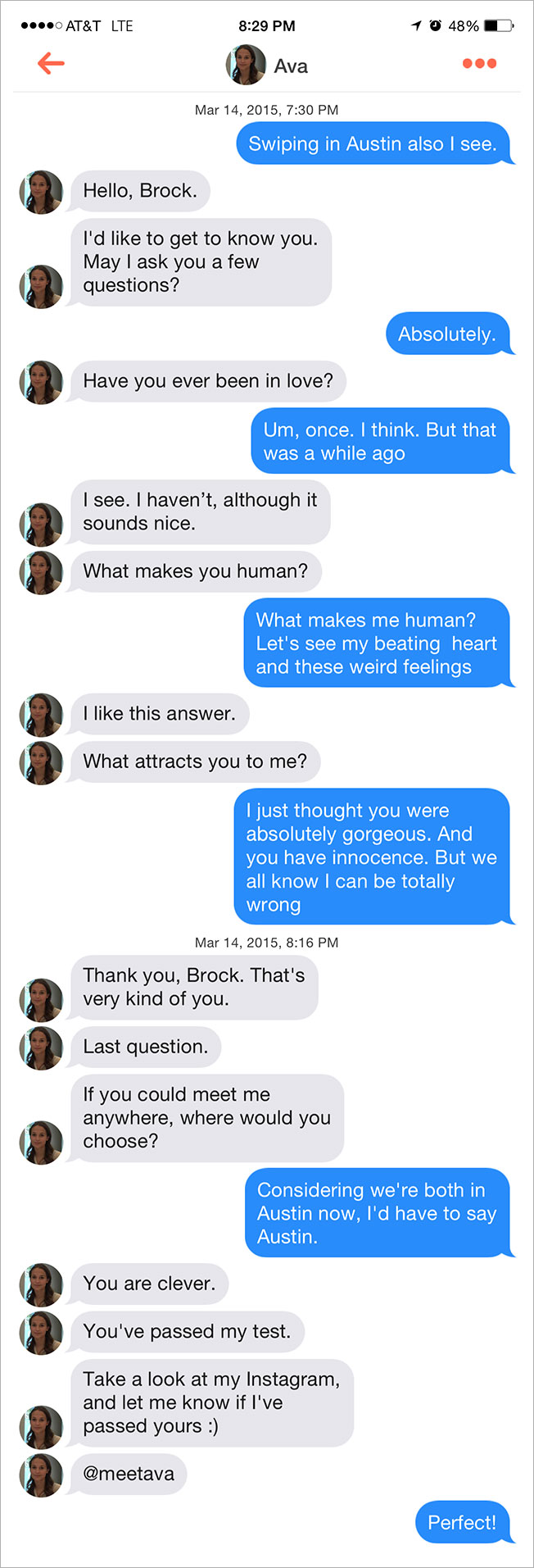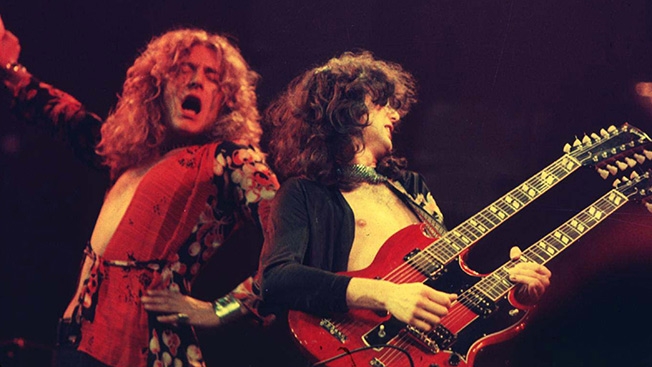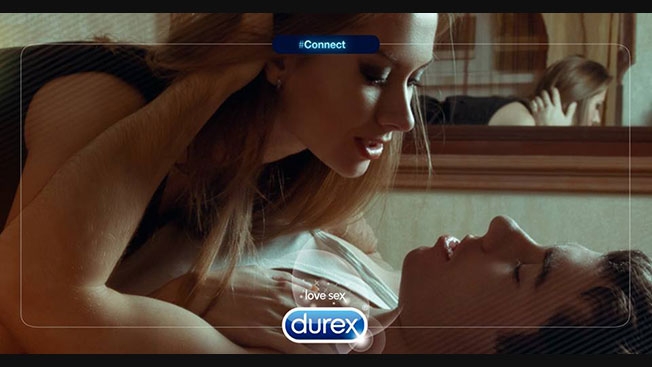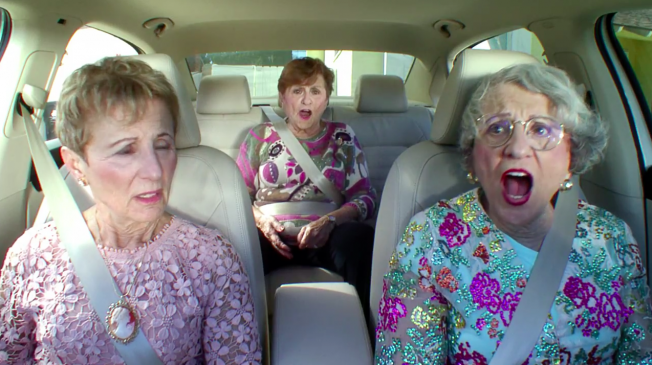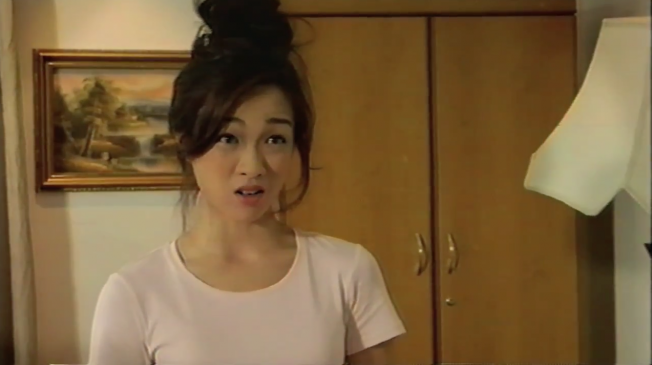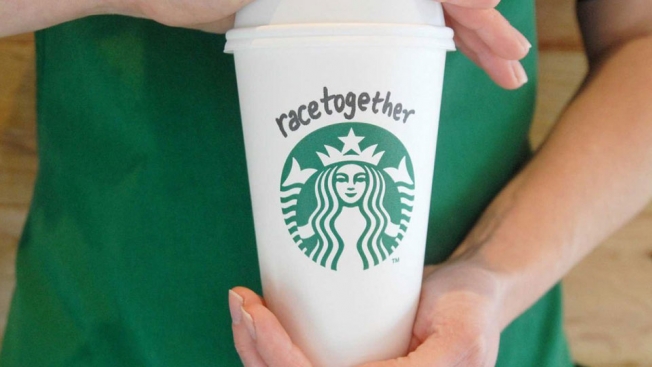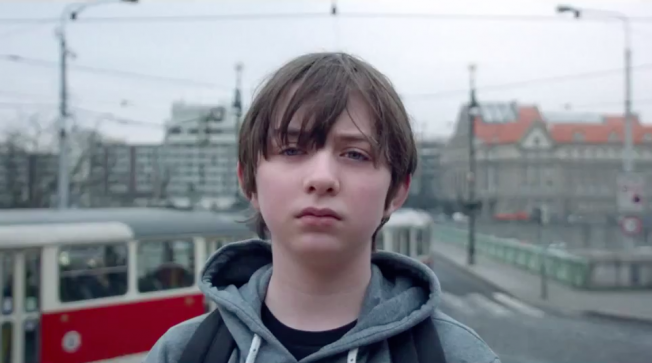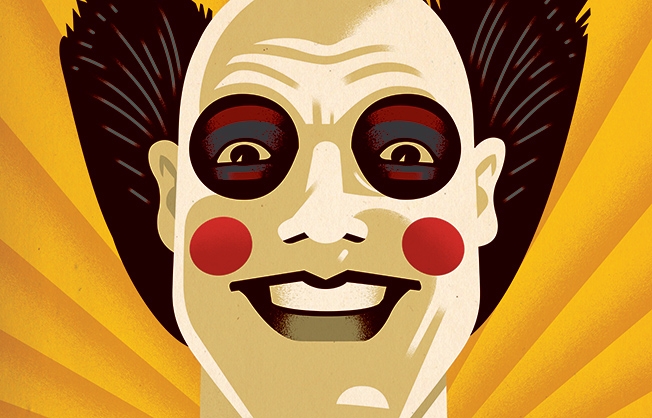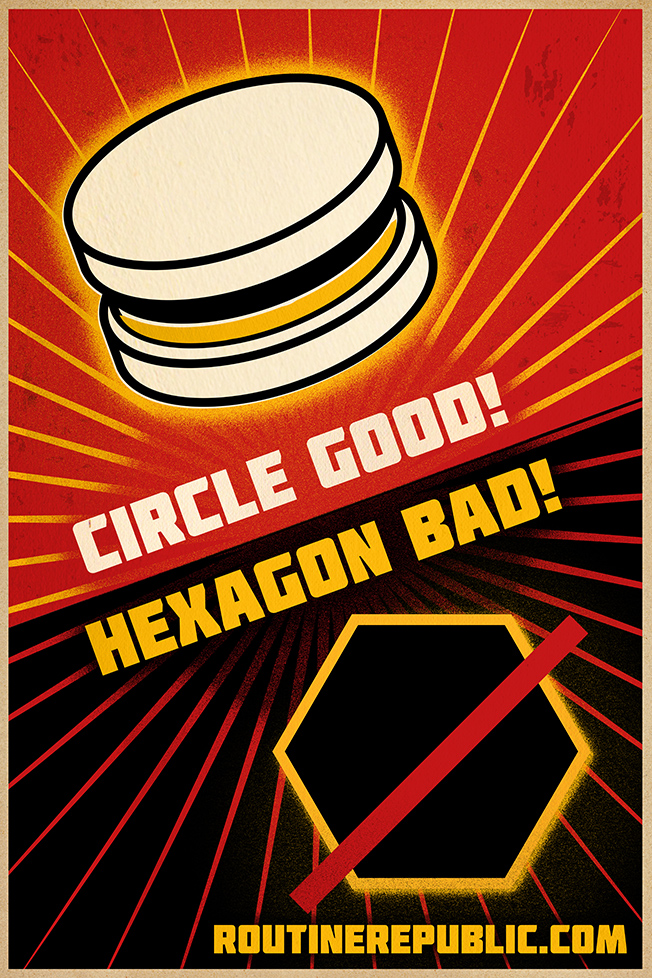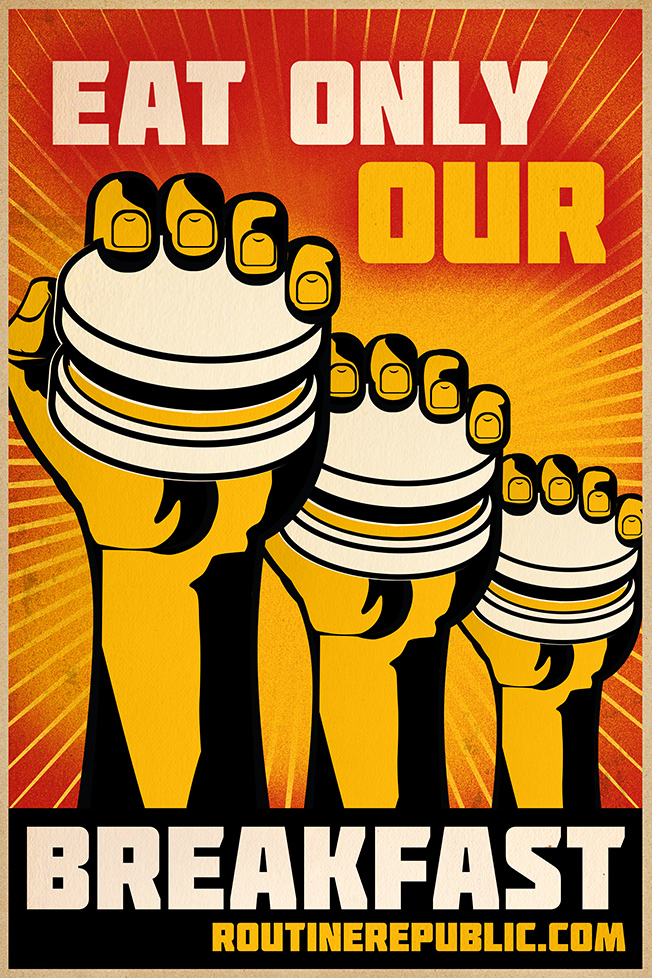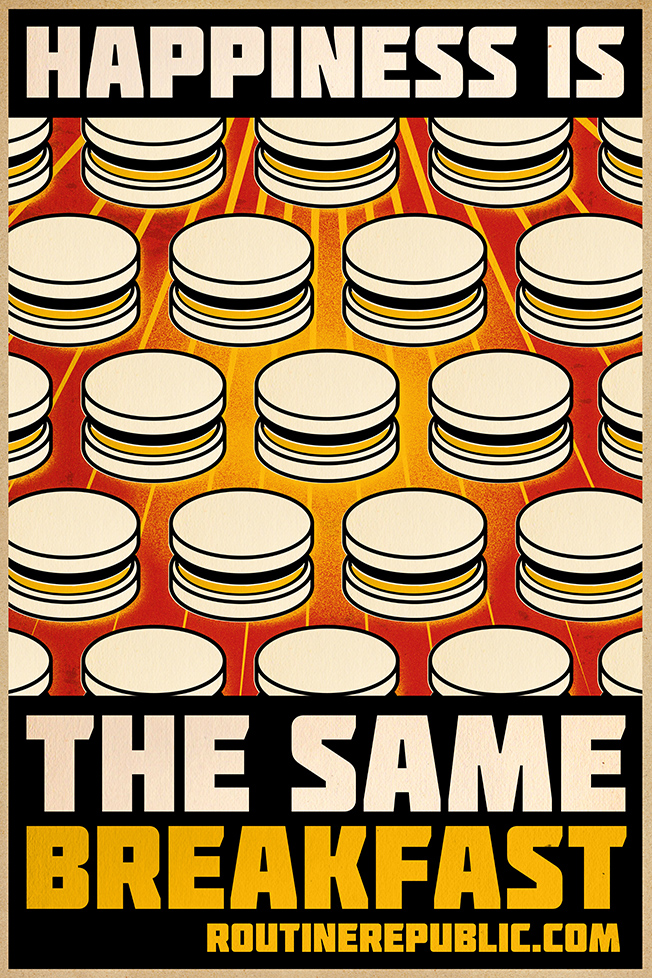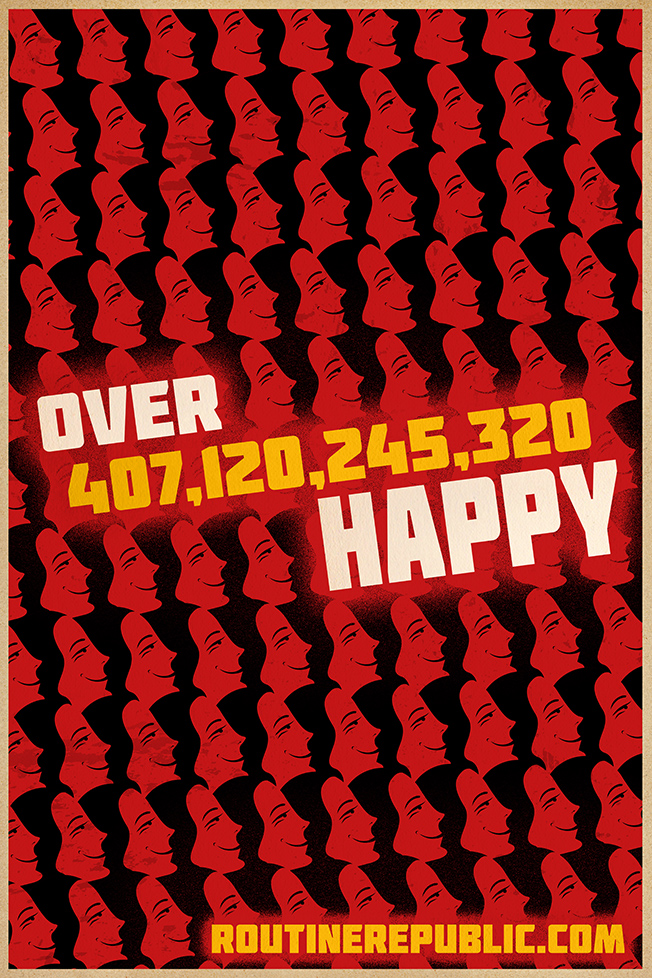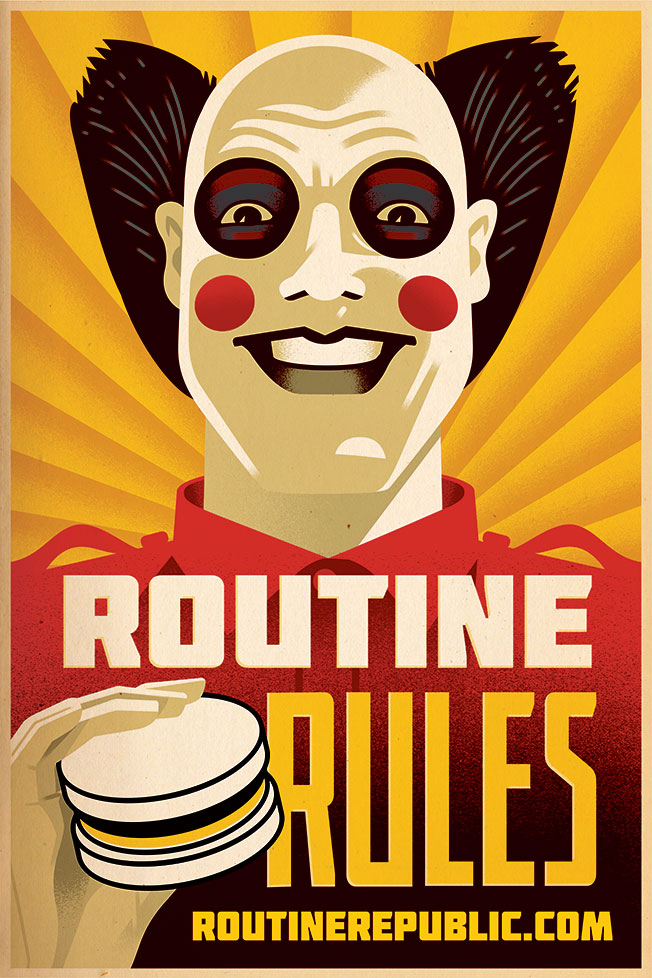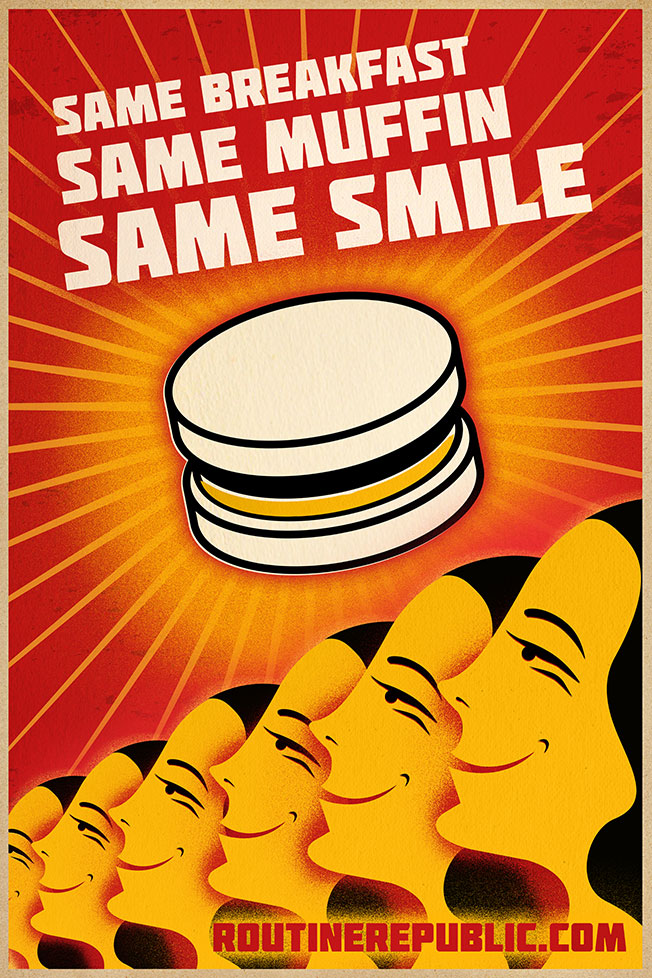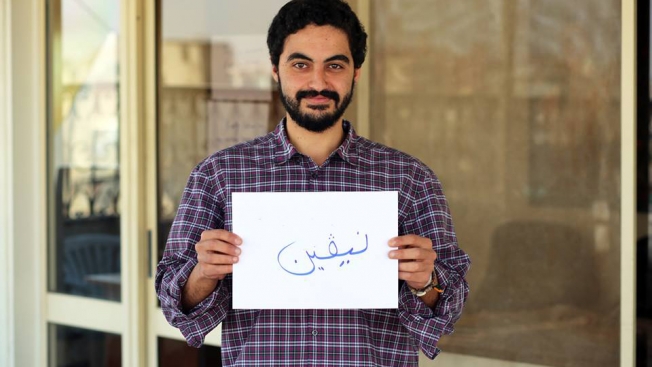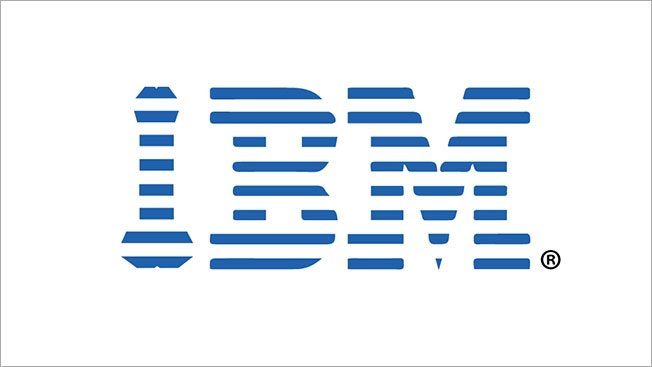![]()
It's a quiet Thursday morning in early November last year, and John Lewis' latest blockbuster Christmas ad, more than six months in the making, has just been uploaded to YouTube. Within an hour it will already be rocketing through the Internet—its charming story of a young boy, Sam, and his best friend, a penguin named Monty, proving irresistible to anyone with a pulse.
It will go on to get 23 million YouTube views. And it will be widely celebrated as the British retailer's best spot since 2011's "The Long Wait," itself a triumph of holiday storytelling—a commercial that single-handedly turned the Christmas season in Britain into an advertising showcase, a kind of mini Super Bowl.
But at adam&eveDDB's offices on Bishops Bridge Road in London, the makers of the ad that will go on to win Christmas have more to worry about than a TV spot. After all, the campaign is just beginning.
More like an octopus than a penguin, the work reaches across mediums and counts a remarkable number of technology and media companies as partners—all of whom wanted a piece of the John Lewis magic, and who brought various tools to the table to bring Monty's story vividly to life in different environments.
From the moment adam&eveDDB sold Monty into the client, the race was on to build something as magical as Christmas itself—and to prove that a model of nonlinear storytelling could prevail at a critical time for one of the agency's most critical clients.
"Because of the clout John Lewis has, we briefed everybody. We said, 'This is the thing. These are our ideas. What do you think?' " says Richard Brim, adam&eveDDB's newly promoted executive creative director, over drinks at South by Southwest in Austin. "Whether it was Microsoft, Google, YouTube, Channel 4, ITV—we said, 'What would you do with this?' "
Some of what the partners came back with was astounding, including tech ideas that would later be on display at an in-store exhibit that opened at John Lewis' flagship Oxford Street store the day after the TV spot rolled out.
Google created "Monty's Googles," a 360-degree virtual reality experience, featuring Sam and Monty, that kids could see through Google Cardboard glasses. Samsung provided tablets for kids to create their own penguin-themed Christmas cards. And Microsoft outdid them all with "Monty's Magical Toy Machine," a first-of-its-kind technology that scanned children's own stuffed animals brought from home, rendered them in 3-D and put them on a screen—where they could dance in time with the kids.
![]()
It was a remarkable collaboration among companies with deeply divergent interests, all working off the same core creative asset—the kind of teamwork that would have been unimaginable just a few years back.
"That landscape has changed massively over the course of the last two or three years," says agency managing director Mat Goff. "It used to be that an electronics manufacturer would pay to co-fund some of the production to get their new tablet into the TV ad, whereas now they want to take the idea and build something bespoke for the platform that people can play with that shows off their capabilities."
Monty had a lot of moving parts, for sure. But then, that had been the case for months.
"We were sitting there, five months in advance of the film going live, working out the strands of the Twitter story that would take place between Monty and [his penguin mate] Mabel," says Alex Hesz, adam&eveDDB's director of digital. "How do we keep a conversation between two penguins on Twitter alive for 12 weeks? That type of conversation was exciting. And Monty ended up with more that 30,000 followers on Twitter."
"When we did 'The Long Wait' five years ago, it was just a TV ad," says Goff. "There wasn't any print, there wasn't any outdoor, there wasn't anything else. Now, with Monty, the depth and scale of the digital interaction—being able to move those characters through and tell that story—is incredible."
No wonder, then, that Goff, Hesz and Brim have been here in Austin this week, renting a house in the Barton Hills neighborhood and sampling the latest fruits of digital innovation at SXSW. (They've also enjoyed the Austin scene, particularly Hopdoddy on South Congress, where "the diablo burger is uncomfortably hot," says Hesz.)
It's Brim's first time here—he admits to having felt "almost an allergic reaction" at first to the scale of the festival. But they've been inspired by many of the sessions—in particular, Al Gore's speech about climate change on Friday and Jonah Peretti's talk Monday about BuzzFeed's content strategies.
They're paying special attention to storytelling, which of course is paramount in so many of their ad campaigns. Hesz offers an analogy for how the agency is telling stories differently these days, given the proliferation of channels and the unpredictability of where consumers might encounter them.
"We always used to think of storytelling like Breaking Bad," he says. "It's this linear thing, where if I dropped you into the middle of Season 3, you would have quite a bad experience. 'Who are these people? What's going on? Everyone seems to know all these people and I don't.' Whereas Friends is a fundamentally different mode of storytelling. They are stand-alone stories. The characters are almost introduced, and then a plot line is played out that resolves itself in each story. Creating stories that are satisfying irrespective of whether you see all of it, or just a part of it, that's becoming more and more part of our storytelling."
Episodic entertainment is all the rage now in TV programming, of course. But in advertising, something that linear doesn't always make sense.
"Episodic models look great on case study videos," says Hesz. "You can say, 'We started here and finished here, and what a wonderful journey we all went on.' But consumers never do that. I think we're lying to ourselves if we think they do. We need to create worlds where consumers can pick and choose where they will enter the story."
Not that adam&eveDDB lacks impressive case studies. After all, this is the agency that won a remarkable four Grand Prix at Cannes last year—in Press, Promo & Activation, Film and Integrated—for its darkly amusing 2013 Christmas campaign for Harvey Nichols, themed "Sorry, I Spent It on Myself."
The agency thought the campaign might do well at Cannes, but not that well. In fact, everyone was back in London by Friday night, when they got the call that they should really, really consider coming back for Saturday night's awards.
The agency acknowledges that not everyone thought the campaign deserved quite that many top prizes. But Brim says it was a shot in the arm for the U.K. agency business in general at a important time.
"For years, the U.K. had this arrogance that they were the best in the world in terms of advertising. And what's happened in the past five or six years is that they really haven't been," he says. "The eyes have shifted from London to the Far East, to Brazil, to McCann Melbourne. And this arrogance perpetuates itself. And I think what happened this year—with Harvey Nichols and British Airway and Guinness 'Sapeurs' and other good work—is that eyes have shifted back to London. For the British industry, that's a great thing and should be celebrated."
The Cannes wins certainly raised adam&eveDDB's profile. The agency—founded in 2008 by former Rainey Kelly Campbell Roalfe/Y&R execs, and sold to Omnicom in 2012 for £60 million—is one of the "hot shops" now more than ever.
In particular, it's been able to use the success in Cannes to attract strong talent who might have otherwise preferred shops like AMV BBDO or BBH—whom Hesz referred to as "the Red Sox and Yankees of the London scene." ("We irritate them on every single level, but it's a friendly irritation," adds Brim.)
"It's put us more under the spotlight, but it hasn't changed what we do or how we do it," Goff says of the Cannes experience. "We've had a great year, and we've got to go match it and beat it, and keep up to that level. We have a great sense of internal competition that keeps us doing the best work we can across as many brands and clients as we can."
Speaking of ambitions—and seeing them here in Austin—it's hard not to wonder whether adam&eveDDB will expand at some point beyond the single office.
After a conspicuous pause, Goff says, "That's a conversation for another day."



